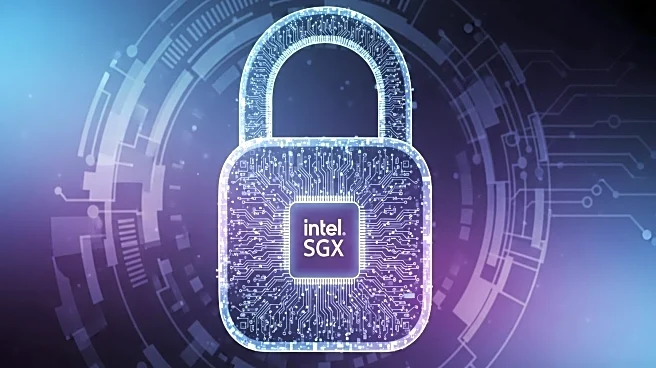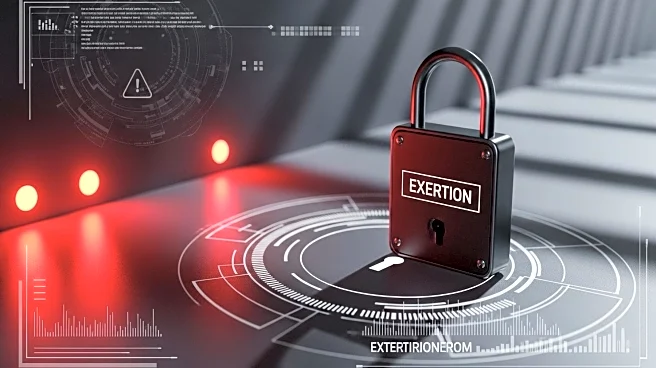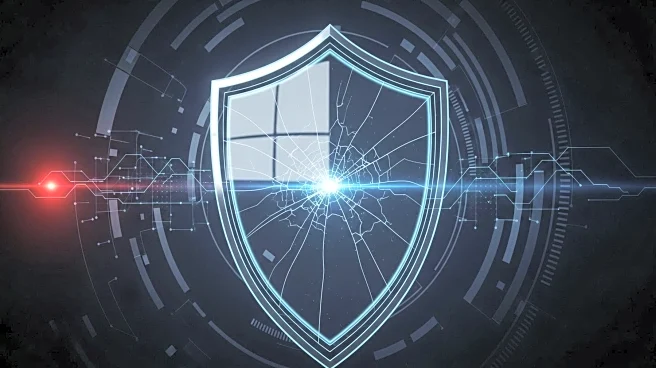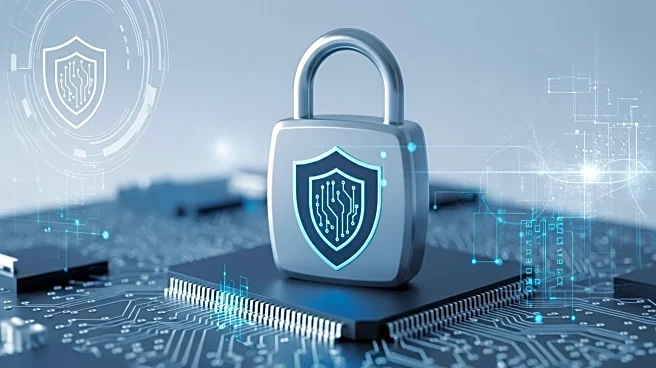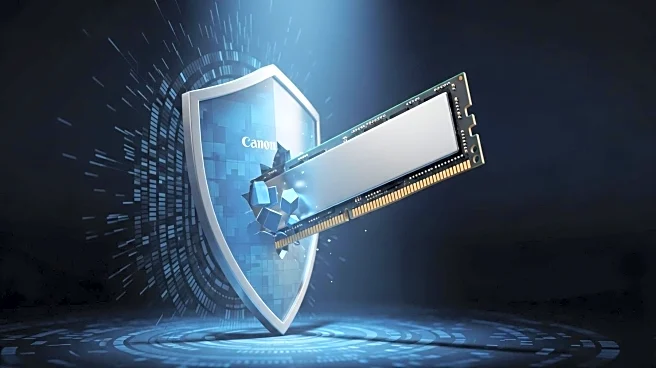What's Happening?
A team of academic researchers from Georgia Tech and Purdue University has successfully demonstrated a new attack method, named WireTap, which compromises the security of Intel's Software Guard Extensions (SGX). The attack involves using a passive DIMM interposer to break the DCAP attestation mechanism of SGX. This method requires physical access to a server utilizing SGX and can be executed with second-hand electronics costing less than $1,000. The researchers were able to slow down and collect DDR4 bus traffic, allowing them to take control of the SGX enclave and extract the machine's attestation key within 45 minutes. This compromised key can then be used to breach the confidentiality of various deployments, including Phala and Secret privacy-preserving smart contract networks, and the Crust centralized blockchain storage system. The researchers have reported their findings to Intel and affected SGX deployments.
Why It's Important?
The WireTap attack highlights significant vulnerabilities in Intel's SGX, a technology designed to protect sensitive data and code even if the system is compromised. This development is crucial for industries relying on SGX for secure data handling, such as blockchain networks and privacy-preserving applications. The ability to extract attestation keys and compromise data integrity poses a substantial risk to these systems, potentially leading to data breaches and loss of trust in secure computing environments. Intel's acknowledgment of the attack underscores the need for enhanced security measures and may prompt a reevaluation of current security protocols in systems using SGX.
What's Next?
To mitigate the WireTap attack, researchers suggest avoiding deterministic memory encryption, ensuring sufficient entropy in encryption blocks, encrypting signatures within attestation quotes, increasing bus speeds, and using a single master key for all SGX enclaves with enhanced protections. Intel's response to these recommendations and potential updates to SGX security protocols will be closely watched by stakeholders in the tech industry. The attack may also lead to increased scrutiny and research into other potential vulnerabilities in secure computing technologies.

